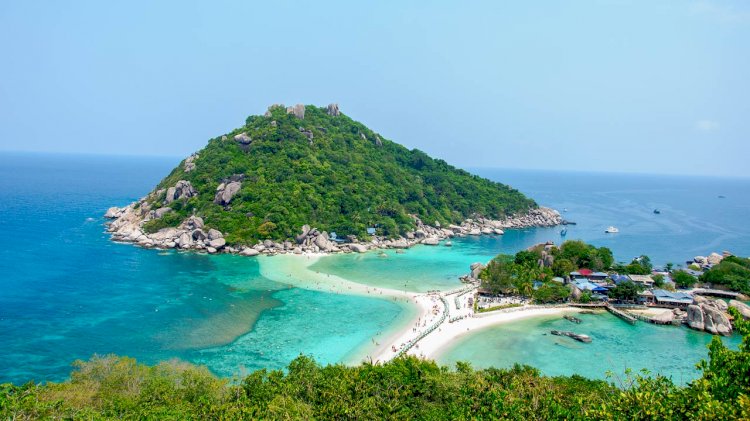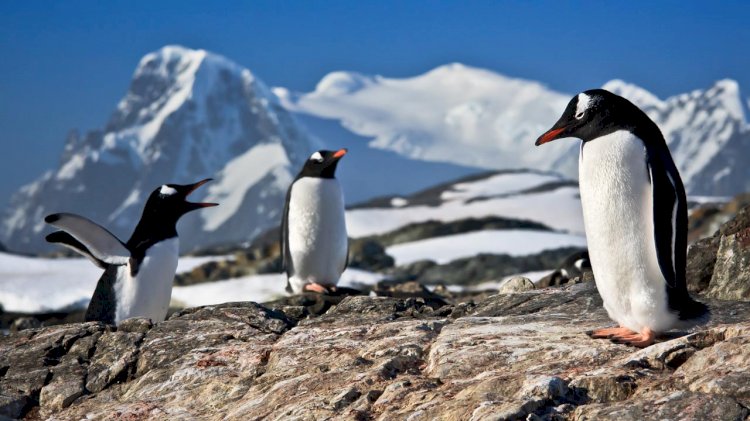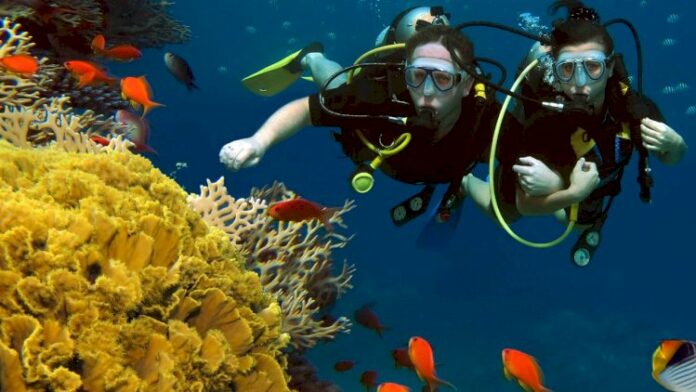The third edition of the Ocean State Report (OSR) describes the continuation of trends highlighted in last year’s edition, but at an alarmingly accelerating pace. Dramatic changes in sea ice extent at the poles, increased ocean heat content, deoxygenation, and even the appearance of a giant hole in the Antarctic ice are but a snapshot of the bleak outlook divulged in the report.
The Copernicus Marine Service’s OSR is published as an annual special supplement in the Institute of Marine Engineering, Science and Technology’s (IMarEST) Journal of Operational Oceanography. It provides a comprehensive and state-of-the-art assessment of the current state, natural variations and changes in the global ocean and European regional seas.
The OSR provides a 4-D view including forecasts from above (through satellite remote sensing data) and from the interior (in situ measurements) of the blue (e.g. hydrography, currents), white (e.g. sea ice) and green (e.g. phytoplankton) ocean.
It is written by more than 100 scientific experts from over 30 European institutions, drawing on data from the European Union’s Copernicus Earth Observation programme Mercator Ocean International – a centre for ocean analysis and forecasting.
The third edition of the report draws attention to the changes that have occurred in the marine environment in 2017. Ongoing rising heat content of the global ocean and European regional seas is reported, with 2017 cited as the 6th warmest year for sea surface temperatures on record in the Mediterranean Sea.
The Pacific Island States will be particularly vulnerable to this changing marine environment, as the Copernicus Marine Atlas shows them to have been subjected to a +0.02℃ increase in sea surface temperature per year since 1993.

There have also been substantial modifications at the base of marine food chains, where phytoplankton – whose photosynthesis contributes more than half of the Earth’s oxygen content – are declining. Chlorophyll-A (the proxy used to monitor phytoplankton abundance) has been diminishing at -0.4% per year – a very worrying trend considering they also consume an enormous amount of carbon.
With such sustained and drastic ocean warming, sea level rise and a decrease in the base of the marine food chain (phytoplankton), the Pacific States will face unprecedented threats to the three pillars of sustainable development: economy, environment, and society.
The Arctic region is warming twice as fast as the global mean and is undergoing drastic changes. Since 1993, sea ice extent has declined by 770,000 square kilometres (-5.89%) per decade – equivalent to well over two times the area of Germany.
A not too dissimilar picture is painted on the other side of the globe, where the Antarctic has also seen a sharp decrease in sea ice extent in 2016 and 2017. Previously, since the beginning of the Copernicus Marine record in 1993 until around 2015, sea ice had actually been slowly but steadily expanding, with a record high in 2014 that lasted several months. However, from late 2014 to 2017 there was a staggering loss of some 2 million square kilometres of sea ice – equivalent to nearly four times the area of Spain, lost in three years.
This sudden and substantial event is made even more worrisome by the reopening of a large hole (polynya) in the Antarctic winter sea-ice cover. The opening in the Weddell Sea reached 80,000 square kilometres at its peak and stayed open for nearly three months. This marked the first reopening of the Polynya to this extent since it was first observed in the winters of 1974-76.




